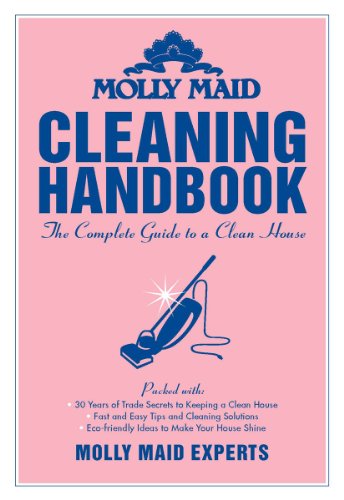
Painted walls: Begin by gently wiping fingerprints with a damp microfibre cloth and a small amount of mild detergent or a general-purpose cleaner. Avoid spraying cleaner directly onto the wall. If the paint finish is flat or matte, be sure to scrub gently to avoid damaging the paint. Another cleaning option is a solution of white vinegar, baking soda, and water.
Sliding glass doors: Fingerprints on glass doors are unsightly – and common. Use a soft washcloth or feather duster to carefully wipe away any dust from the glass doors. Then, use a microfibre cloth soaked in warm soapy water to remove the fingerprints. Or, use a white vinegar solution (1/4 cup mixed with one gallon of water). Soak the cloth, wring it out and wipe fingerprints off the sliding glass door. Buff with a dry microfibre cloth.
Switch plates: Use a general-purpose cleaner and a microfibre cloth to clean switch plates. Spray the cleaner onto the cloth (not on the plate). Wipe to remove gummy, sticky fingerprints, and buff to dry. If the switch itself is dirty, use a cotton-tip swab and a bit of rubbing alcohol to clean the hard-to-reach corners.
Upholstery: If you spot greasy finger stains on furniture, first sprinkle a generous amount of baby powder directly on the stain. After a few minutes, brush off the stain, removing any excess baby powder. Now use commercial upholstery cleaner (you should have tested the cleaner on a section of the upholstery that no one can see – to make sure it doesn’t damage colours) and a soft brush. Follow the directions of the cleaner.

